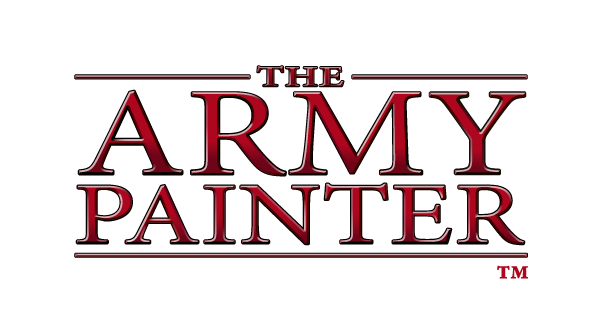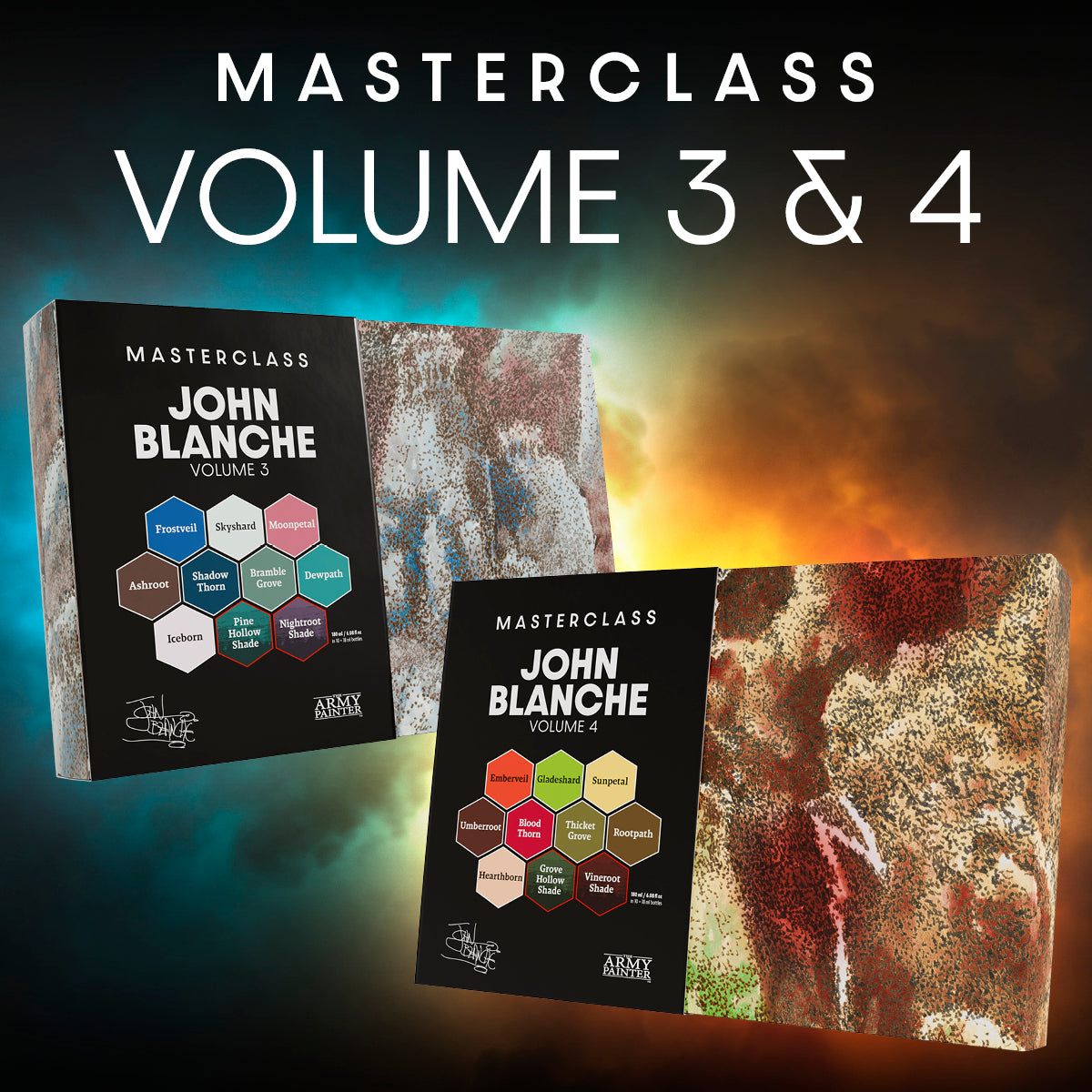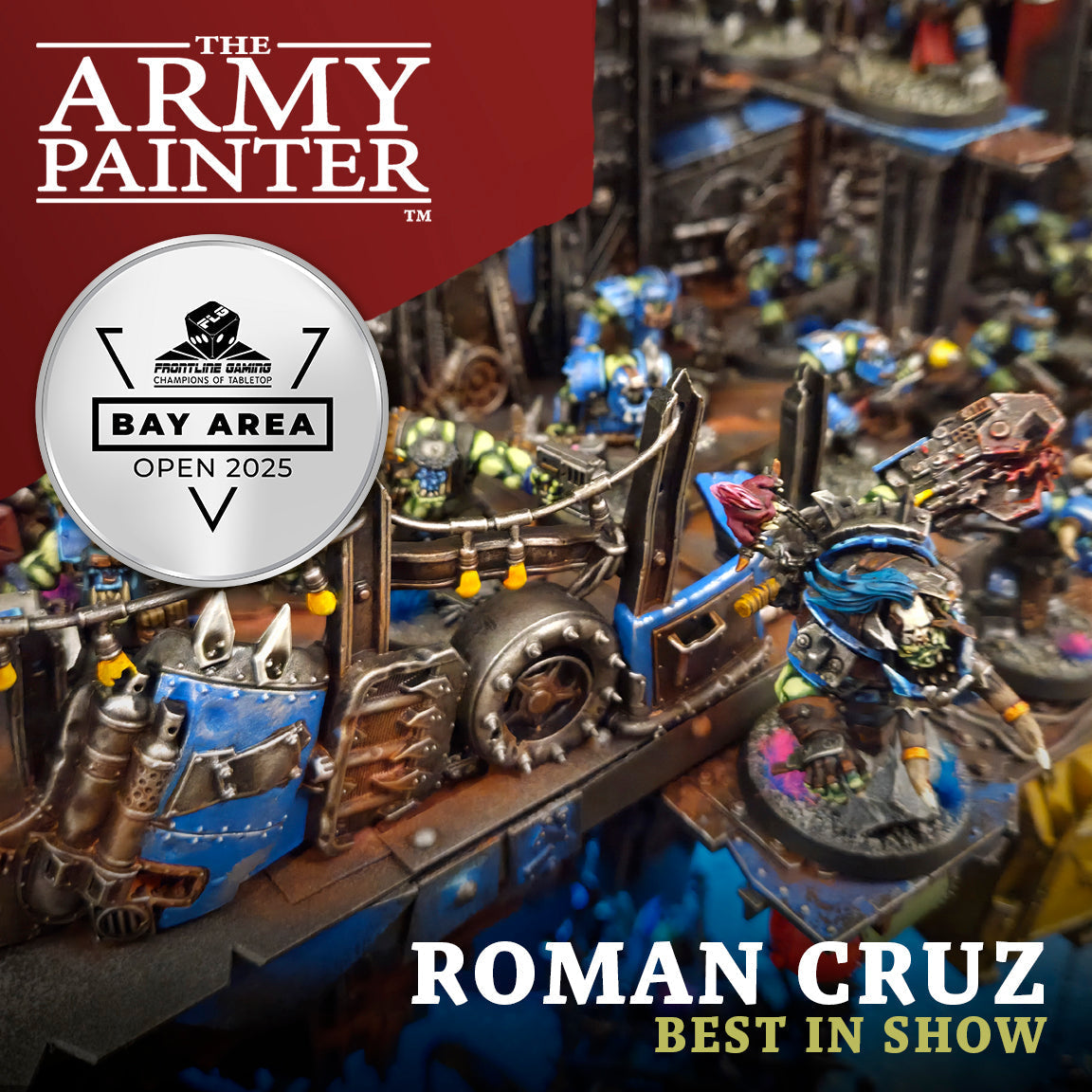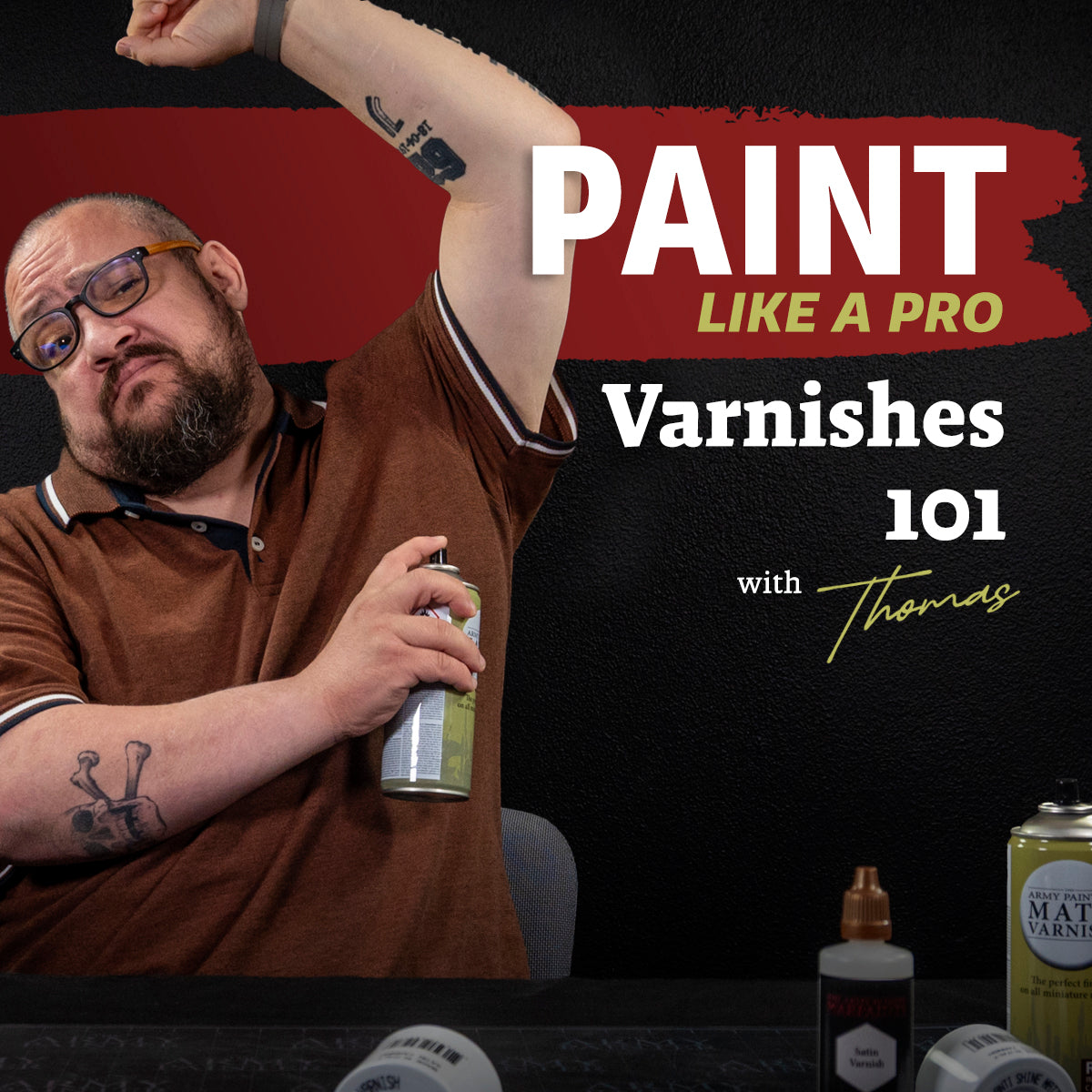Orks stormed the table to win Best in Show at the Bay Area Open hosted by Frontline Gaming at the end of May. Roman Cruz took home the coveted award with his incredible Orks on a highly detailed and unique display board. The army is situated on a carrier vessel that Roman calls Da Anvil of Mork.

Factory Team member Phil Hall, aka the Glacial Geek, brought Roman's impressive win to our attention and also let us know about the work Roman does with the Boys & Girls Club of Tustin—he organises programs to teach the kids how to paint miniatures. We caught up with Roman to ask him about his Best in Show army and passing on the hobby.

What was the inspiration behind your Best in Show army? Was there a specific story or theme you aimed to convey?
Roman: The army I was playing that day was a group of heavily armoured, elite Ork fighters. I kept imagining this big ship carrying them—crashing through a hive city or some kind of fortification and then dropping the troops right into the chaos. The Orks were the hammer, and the ship was the anvil. I wanted it to feel like both were part of the same force, moving together, with the army riding on top of the ship and following it straight into battle. I wanted the whole thing to feel hectic but still technical—like something you could totally see happening in the world of 40K or even broader sci-fi. I pulled a lot of inspiration from older Ork builds I’d seen online and in old magazines.

How did you plan, paint, and bring the army to life?
Roman: I’ve been playing Orks since I was 12—back in 4th edition—and with Orks, there’s really no plan. You just start building, start painting, and somehow it all works out. Every time I get new models, I try to push myself to do a little more. Each new model is a chance to level up, try something new, and see what sticks. Around 2020, I decided to pull everything together into more of a cohesive theme. That took about a year.
Although this is easier for certain armies or themes—and definitely sounds a bit contradictory—my core approach to army painting is consistency, with some razzle-dazzle. Making sure the basics—skin tones, armour, weapons—match up across the army, while throwing in experimental stuff that really grabs attention. Plasma glow, blood splatter, fur, warpaint, little gems—whatever makes the model pop. That’s the kind of stuff that brings an army to life.

Did you run into any technical challenges while painting your army? If yes, how did you overcome them?
Roman: I don’t know if this is considered technical, but as mentioned above, I really enjoy experimenting. And while that might not seem like a problem, when you’re trying to paint a whole army—especially with a deadline—it can seriously slow you down. When you experiment, you can go a little crazy and forget your plans or recipes. There are so many different ways to paint skin, pants, feet—you start trying things out, you enjoy it, and you want to keep going. But then you realise it takes x amount of time to paint this many models, and it’s balancing that dance where you need to have a little fun and do something new and then putting it all back together—making sure your recipes or experiments follow a line you can replicate over and over.

Da Anvil of Mork, your display is stunning! How did you piece this display together?
Roman: The idea was in my head that I wanted to go vertical with my display. I’d seen plenty of displays built on a 2 x 2 with terrain, and while those look great, there’s so much potential scale going up with these pieces. It started off as a small idea that became reality thanks to great feedback and inspiration from awesome hobbyists around the wargaming community. The base was a toy aircraft carrier. Honestly, I just started slapping terrain, bits, and gitz all over. There wasn’t really any concept art or mad wall scribbling—just a ton of plastic and hot glue.
What motivated you to start the painting program at the Boys & Girls Club of Tustin, and how has it evolved over time?
Roman: The program unofficially started when I brought my Marvel Crisis Protocol miniatures to work on a slow day to introduce teens to tabletop gaming. They were all surprised when I told them the characters were hand-painted by me, and when I asked if they’d like to try painting their own minis, they showed a lot of interest. What began as a one-off activity during spring break quickly turned into a weekly event. Over time, it morphed into a full Summer Program with multiple lessons covering techniques from dry brushing to blending. With support from local gaming communities and gaming stores, the program has been a success and is now in its second year.

How do you introduce miniature painting to kids who may have no prior experience, and what do they respond to most?
Roman: Miniature painting can be daunting, so it’s important to express that painting is a process and it’s mostly trial and error. The more you work on it, the more progress you’ll make. It’s vital that you give out praise no matter how small to build up confidence. Many of these kids and teens are only familiar with acrylics on canvas. To help put miniature painting into a perspective that’s easier to understand, I like to compare it to colouring pages. Brushes and the paint on them are your markers, and the model is the page you colour in. This helps them understand colour blocking on a model, which I believe is one of the most important things to learn as a young beginner.
What skills—artistic or life—have you seen children develop through your program?
Roman: Aside from basic art staples like colour theory and miniature techniques like layering, the program really shines when it comes to developing their social skills. The kids are constantly bouncing ideas off each other and collaborating in ways you don’t see too often these days—especially with how many are glued to screens. There is a constant flow of communication during our painting sessions, and kids that are often shy, but creative have a chance to show themselves through miniature painting.
What advice would you give hobbyists who want to give back and start a program like this?
Roman: The best advice I can give is—don’t be afraid to jump in. It might not be every kid’s cup of tea, but the ones who do show interest end up learning so much, and it feels great to give them a creative outlet they actually enjoy. At the end of the day, just getting started and sticking with it is what makes all the difference. Also, don’t hesitate to reach out to your local gaming community or stores for help!

Using paints from The Army Painter, what kind of new techniques have you shown the kids?
Roman: The Speedpaint range is fantastic! It helps demonstrate the amount of depth and texture on a model. Their favourites are paired with the Slapchop technique due to ease of use and quick results that kids love to see—it boosts their confidence in miniature painting. The Warpaints Fanatic range of acrylics is great for easy dry brushing and for introducing layering, especially with how good the coverage is. It’s been awesome watching them get excited about painting and realising how much they can do with just a few simple techniques.
You can keep up with the evolution of Roman's Ork army by following him on Instagram and YouTube. Visit the Boys & Girls Club of Tustin to learn more about their programs and offer your support.






